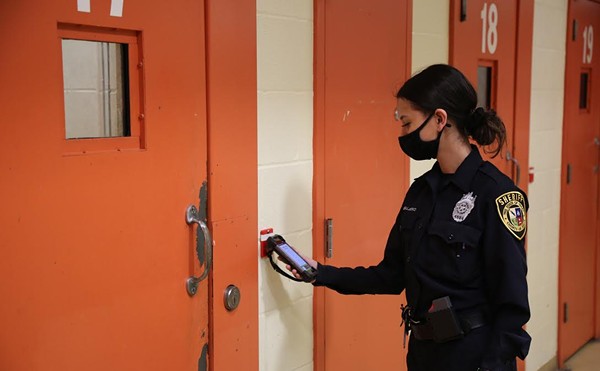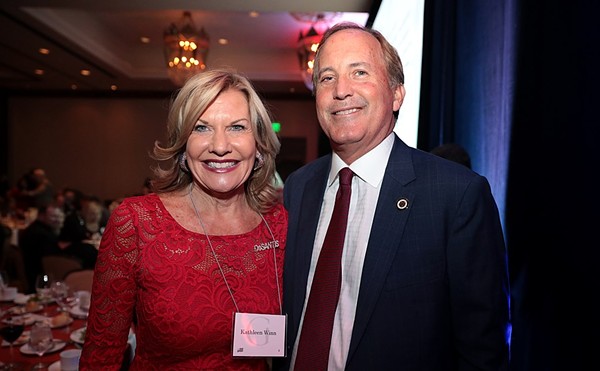4 Tips: 1. Offer Creative Pay and Benefits: Nonprofit leaders can work with donors and funders to support investment in higher pay for qualified staff. Dan Palotta, controversial author of Uncharitable, argues that changing the world costs money – and that nonprofits do not have to offer below-market rates for good staff. Further, nonprofits can offer tuition-reimbursement and performance-based pay raises, among other benefits, to attract talented young professionals. 2. Leadership and Management Training: Nonprofits should make professional development and capacity building a critical line item in budgets. Increasingly, funders support a diversity of activities designed to strengthen staff and organizations. And the opportunity to move up the learning curve appeals to young professionals who may not be ready to invest in an additional degree. 3. Mentoring: Nonprofit leaders – tear down those walls! Match senior leaders to young professionals – whether they are new hires or interns. Senior nonprofit leaders have the opportunity to go beyond simply teaching newbies about their own organization to helping them navigate the nonprofit world as a whole and uncovering their true passions. 4. Advocacy: Work with elected officials for policy-level changes, such as the public-service loan forgiveness program. I’d like to see a pension plan for nonprofit workers, like the one for teachers; and how about federal support to nonprofits that hire new college graduates or veterans? Nonprofits – and for-profits – benefit from the creativity, passion and talent of the next generation. With a little innovation, young professionals can find a welcoming home in the nonprofit sector.
Encouraging the next generation of nonprofit leaders
By Beyond Paychecks on Wed, Jul 25, 2012 at 3:24 pm
Few people know nonprofit organizations like this week's guest blogger, Francesca Rattray. Francesca has spent most of her adult life in the nonprofit world as a fundraiser, trainer, and consultant. She studied Asian Studies at Georgetown University and has an MBA from Boston University's School of Management. She can be reached at [email protected]. — Laura Carter
---
This is quickly becoming my soapbox: more young people need to be hired and welcomed into nonprofit organizations. Yes I said “welcomed.” Nonprofits, after all, pride themselves on “doing good,” “changing the world,” and “service,” and yet nonprofits can be the least welcoming places in the world for new young professionals.
Why? This is a question I have asked myself since I landed my first job with a nonprofit some 20 (ahem) years ago. Young people and service go hand-in-hand: youth, idealism, passion, desire to change the world — and most nonprofits have not figured out a way to create an easy on-ramp and highway to success for young professionals.
I’ve worked in and volunteered for about 10 nonprofits in four states and noticed some things to scare young people away, and the challenges center on budgets. First, low pay – I know, not breaking news here. We all know this and nonprofit leaders seem to shrug their shoulders and say, “What can we do? We don’t have the funds to pay young people.” So, a new grad who’s passionate about, say, finding solutions to homelessness needs to decide if it’s worth it to work for free or extremely low wage to get the experience just to get a REAL job someplace doing the same thing for a slightly higher wage. Often the choice is, ditch the dream, work in a cubicle to pay bills, and try to volunteer at a nonprofit, which is noble, but not a job.
Second, most nonprofits fail to offer career paths for young professionals. Some nonprofits I know have the same executive director they had 30 years ago – and the same senior management teams. When a young or new person starts at an agency, often the future of the job is uncertain, let alone career development. If the organization is lucky enough to employ more than two staff (!), rarely does the newbie have a mentor. ? Often, fear of job insecurity prevents nonprofit staff from offering such mentoring; sadly, often the standard within nonprofits are “silo” environments where internal exchange of ideas and staff cultivation doesn’t happen.
Third, many nonprofits lack funds in their budgets for “capacity-building,” which means training and professional development. Often, new professionals learn on the job, missing essential skills and competencies that represent the foundation of nonprofit expertise. Moreover, senior staff often cringe at the notion of “succession planning,” which does not have to mean that someone is on the way out, but rather that the entire team has the opportunity to be “cross-trained” in case someone decides not to come back one Monday morning.
So, what can young people aspiring to nonprofit careers – and nonprofits – do? We can overcome, people! There are creative solutions to encourage young professionals to work at nonprofits.
Tags:

KEEP SA CURRENT!
Since 1986, the SA Current has served as the free, independent voice of San Antonio, and we want to keep it that way.
Becoming an SA Current Supporter for as little as $5 a month allows us to continue offering readers access to our coverage of local news, food, nightlife, events, and culture with no paywalls.
Scroll to read more San Antonio News articles
Newsletters
Join SA Current Newsletters
Subscribe now to get the latest news delivered right to your inbox.


















